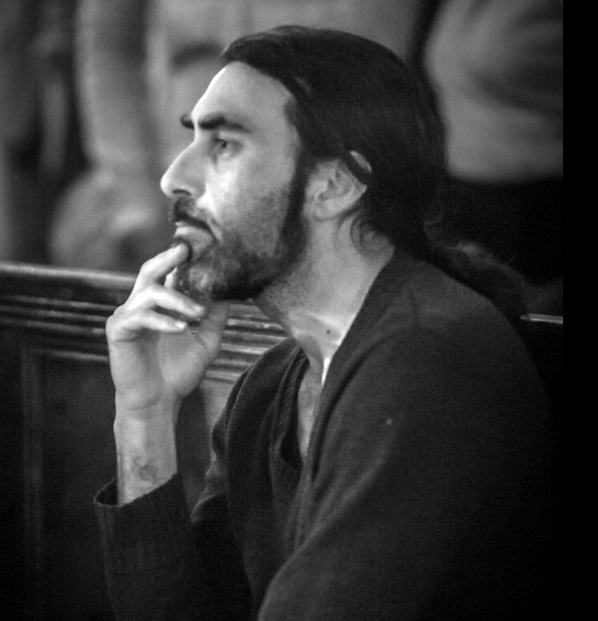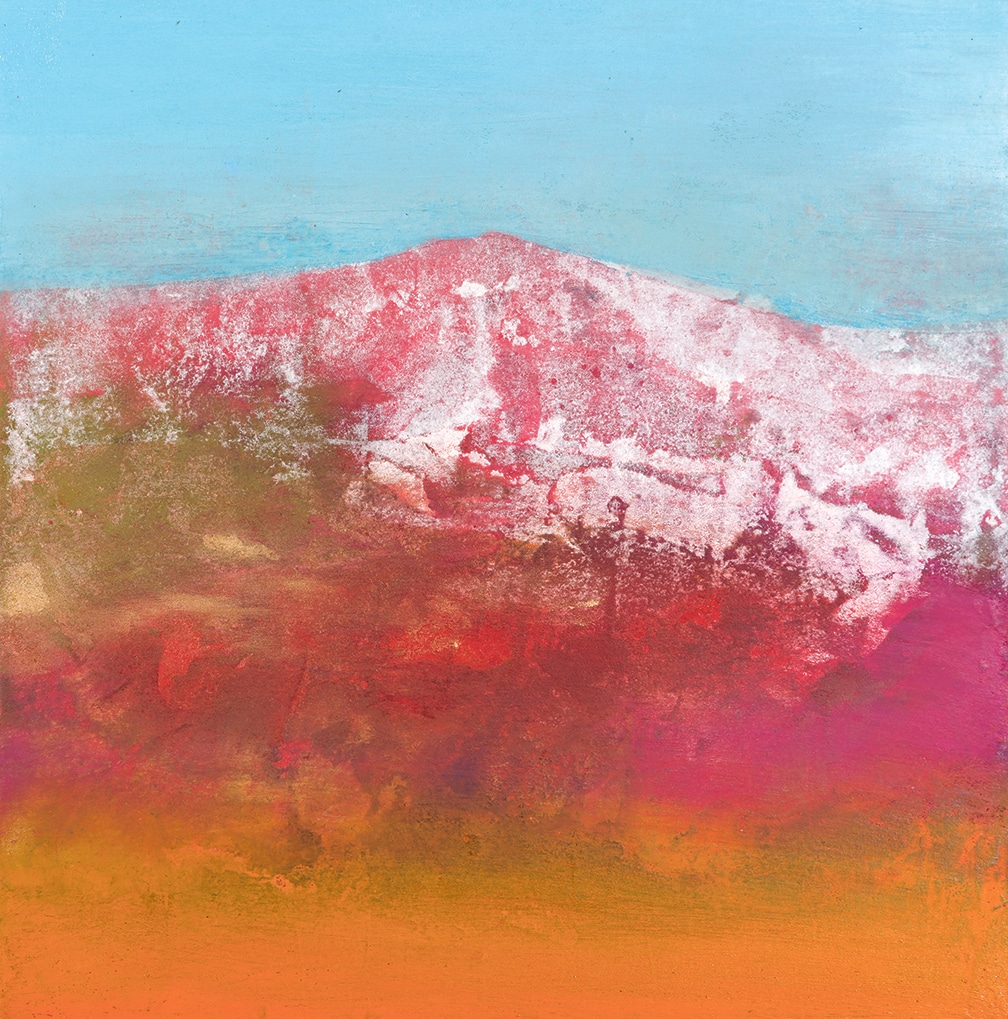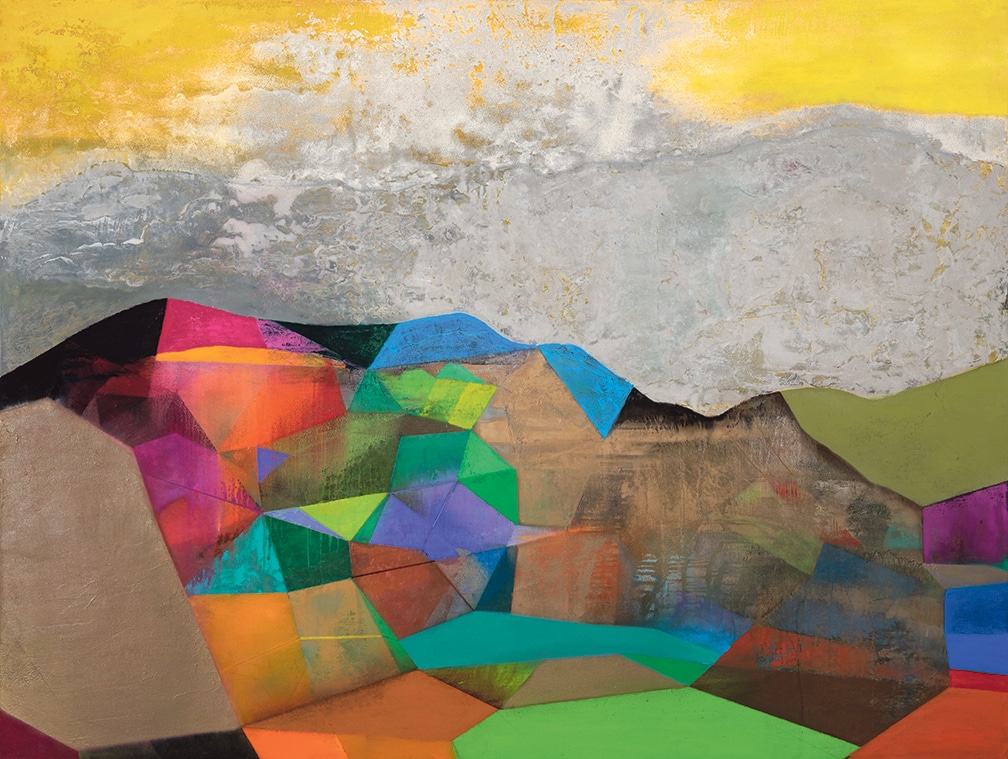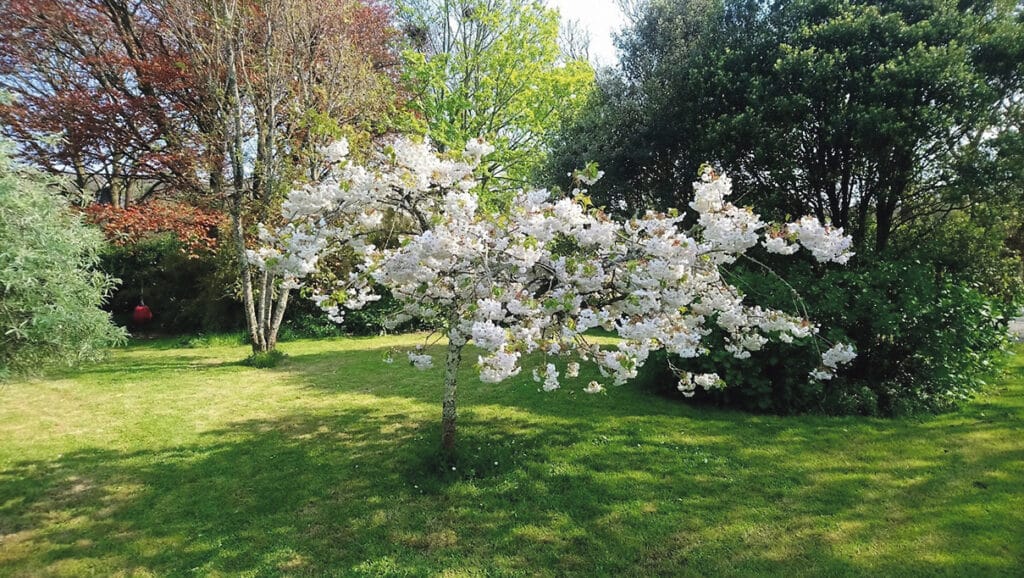
The shape of things
James Waller is an Australian born artist and poet based in West Cork. Through this column James explores the world of art, introducing the reader to major works of art and artists and reflecting on what makes them so engaging.
James offers a range of studio-based courses for children and adults in Classical painting, drawing and printmaking at Clonakilty School of Painting. See www.paintingschool.
jameswaller.org for details.
Last month I looked at the ink works of Laura Wade, giving special attention to the geometric overlays in her work. This has led me to consider the work of another Cork artist, Tom Climent, whose geometric constructions inform and heighten sensations of landscape. His work is the tip of an iceberg of modernist thought: a wellspring of great colourists, from Matisse to Klee to Martich-Severi, some of whom I’ll also touch upon here.
Tom Climent’s prismatic colour-symphonies occupy a rich and well-acknowledged space in Ireland’s cultural landscape. Soft geometric constructions unfold across his canvases like divinely coloured crystals unearthed by a matrix of time, memory and salt. Layers of oil, sand and – surprisingly – plaster, generate organic moments of opacity, texture and translucency; the plaster holding earth and the oil refracting coloured light. In this way one encounters both earth and prism – the chromatic cubism of Marc Chagall grafted onto tidal-flat and estuary.
Climent’s crystalline yet earthed abstraction has its roots in the glory years of early European modernism; the years of the ‘Fauves’ (Matisse, Derain et al), ‘Der Blaue Reiter’ (Kandinsky, Klee et al), the years of Chagall, Delaunay and Albers. Colour was the key and its liberation was paramount. These painters sought to give colour the same status as that of sound in music – pure colour as a value in itself, as a note in an abstract harmony.
Whilst Climent’s work glows with the spirit of modernist colour-song it never yields fully to the abstract plane. In all of his canvases there remains a sensation of landscape, of impossibly coloured crystal, dwelling, rock or mountain perched upon land against sky. Works from 2006-12 reveal Climent’s gradual emergence from glowing interiors, dwellings and landscapes, the colour heightened in segments, teasing abstraction yet always yielding to reference and earth tone.

Since 2013 Climent’s constructions have become more independent of reference, more internal and two-dimensional. The connection with landscape and atmosphere, however, has not disappeared; rather it has become even more refined. Works such as ‘Sidhe’ and ‘Atlas Peak’ from 2018-19 are a case in point. In these works we see a mountainous horizon line separating what could represent landform and sky. Climent here foregoes geometric construction, instead allowing his materials to ‘dissolve’ into sensations of sediment and salt. In this work he has something in common with fellow Cork artist Michael McSwiney, whose panoramic fluctuations of matter are ever-dissolving and blooming, like algae, lichen and lava flowing and flaking across his canvases.

Works such as the monumental ‘Eden’ (2018-19), acquired this year by the Crawford Art Gallery, return us to the full prismatic beauty of Climent’s vision. Crystaline facets of high-key colour breathe out and up, and yet even here they remain crucially welded to earth and decay, various facets ‘dissolving’ like salt into mud and ochre. Climent strikes a delicate balance between a hard and soft edge, between acidic and neutral colour, between earth and prism. I say “crucially welded to earth” because it is this link which gives Climent’s work its longevity; earth reveals crystal and crystal refracts light, the colours of which sing to the heart.
The following words of Henri Matisse could apply equally well to Climent: “I offer a fragment and I lead the spectator by the rhythm, I lead him into following the movement of the fragment that he can see, so that he has a feeling of totality.”
(Matisse Cut-Outs, Taschen. P. 285)
The quest for an arrangement of infinite resonance, for a syntax which ‘speaks the spirit true’ is at the source of all composition. The work of Tom Climent is an authentic ripple in the ocean of this grand tradition, which renders all art historical distinctions meaningless. It is the work of constant revelation, a creed of colour, which will – for as long as humanity persists – always bloom. Eden’s recent acquisition by the Crawford is timely and a wonderful gift for the people of Ireland in these troubled times.


